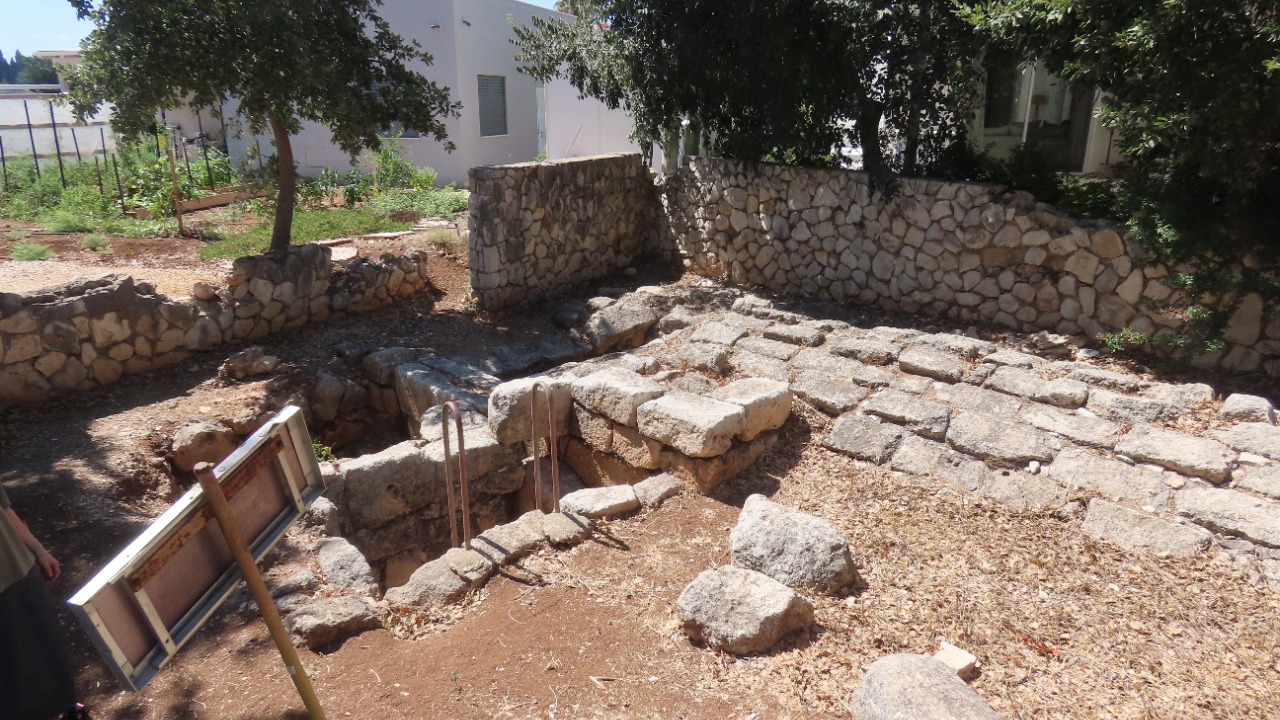
In a remarkable archaeological find, a giant and extremely rare 2,000-year-old Roman tomb has been unearthed in Bavaria, Germany. The tomb, featuring a 9-foot circular structure and a statue base, is a unique blend of Roman and Celtic traditions. However, the tomb’s complete emptiness, a highly unusual characteristic for Roman burials, has left experts puzzled.
Discovery Site and Initial Findings
The tomb was discovered in Bavaria, a region known for its rich Roman-era archaeological sites. The initial excavations, which took place in October 2025, revealed the structure to be a giant 2,000-year-old Roman tomb, a find that was quickly recognized for its rarity. However, the tomb was found to be completely empty, with no human remains or typical grave goods, a fact that was confirmed from the outset of the excavation.
Physical Structure of the Tomb
The tomb’s 9-foot circular design is an “extremely rare” architectural form in Roman-era contexts. Within or near the structure, a statue base was found, suggesting that it once supported a monument or figure. The overall build of the tomb, a giant structure, points to Roman construction techniques that were adapted locally.
Unusual Aspects and Emptiness
The tomb’s complete emptiness is highly unusual compared to standard Roman burials. No bones, artifacts, or inscriptions were discovered inside. The tomb’s circular shape, which is “extremely rare,” differs from the more common rectangular or mausoleum-style tombs in the Roman world. The absence of contents raises questions about the tomb’s purpose or whether it was disturbed post-burial, challenging typical Roman burial practices.
Archaeologists’ Reactions and Challenges
Archaeologists are stumped by the “extremely rare” circular Roman-era tomb, particularly its emptiness and atypical design. Experts describe it as “highly unusual,” and ongoing analysis is needed to explain why no remains or goods were present. Calls for further investigation into potential looting or ritual significance underscore the puzzle, as reactions in reporting from late October 2025 highlight.
Blending of Roman and Celtic Traditions
The tomb’s features, including the statue base and circular form, reveal a meeting of Roman and Celtic traditions in Bavaria. This 2,000-year-old structure suggests a cultural fusion, where Roman burial practices incorporated local Celtic elements like circular motifs. The discovery highlights how Roman expansion in Germany led to hybrid funerary customs, as evidenced by the giant 9-foot setup.
Broader Historical Implications
The empty tomb challenges assumptions about Roman burial norms in provincial areas like Germany, potentially indicating varied local practices. Its rarity as a circular, giant Roman-era find from around 2,000 years ago provides new insights into frontier archaeology. Reporting in early November 2025 positions this as a key example of how such discoveries reshape our understanding of Roman-Celtic interactions.
More from MorningOverview